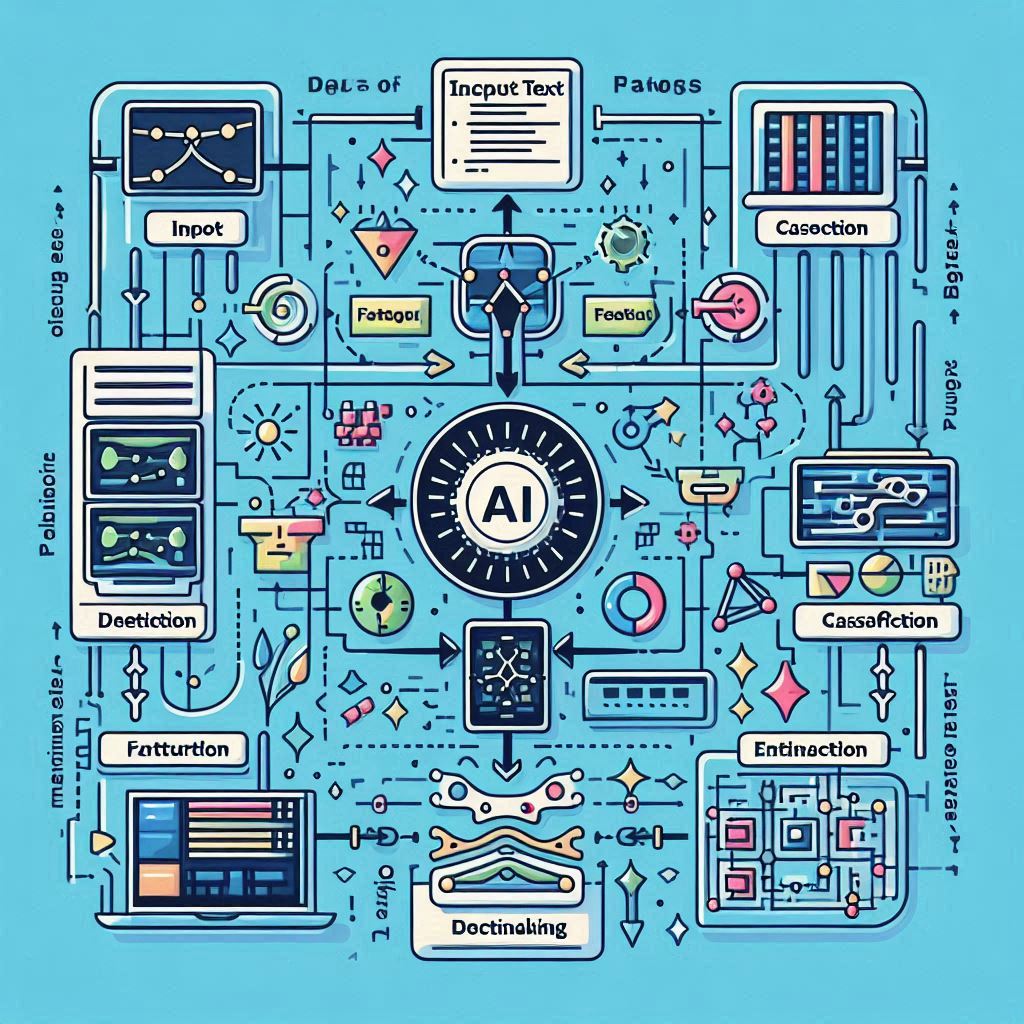Table of contents:
The impact of machine learning on identifying text
Identifying text has conventionally relied on rule-based methods. However,,the emergence of machine learning has revolutionized this field.
Algorithms undergo training on text datasets, enabling them to detect patterns and recognize text with precision even in intricate situations.
There are advantages to employing AI for text recognition;
Precision;
AI models can achieve accuracy levels to humans surpassing traditional techniques in challenging scenarios such as blurry images or handwritten text.
Efficiency and Swiftness;
AI streamlines the process, significantly,reducing the time and resources needed for text extraction compared to manual methods.
Scalability:
AI systems can effortlessly manage data volumes, making them well-suited for tasks involving datasets.
Adaptability;
AI can identify text across formats like images, documents, and videos, broadening its utility across fields.
Applications of AI Text Recognition Across Industries
AI-powered text recognition is utilized in an array of industries;
Finance:
Extracting information from invoices, receipts, and financial records.
Healthcare;
Analyzing images and reports for diagnosis.
In manufacturing, there's a push to automate quality checks using label and barcode scanning.
Retail operations are focusing on managing customer receipts and inventory.
Law enforcement is utilizing AI to analyze videos and documents, for evidence collection.
Advantages of utilizing AI for text detection
There are advantages to employing AI for text recognition;
Improved Precision; AI models can achieve accuracy levels to humans surpassing traditional techniques in challenging scenarios such as blurry images or handwritten text.
Ways AI text detection is employed across sectors
AI text detection systems follow these steps;
1. Data Preparation; Images or documents are prepped by adjusting brightness, contrast and reducing noise.
2. Feature Identification; The system detects data features like edges, shapes, and patterns that signal the presence of text.
3. Text Interpretation; Deep learning models examine these features to convert them into text characters.
4. Refinement Stage; The extracted text is refined for accuracy by fixing errors or ensuring formatting.
Obstacles and constraints faced in the realm of AI text identification
Despite its advancements, AI text detection faces hurdles such as; Data Quality; The precision of AI models heavily relies on the quality and diversity of training data.
Computing Resources; Running complex AI models demands power.
Handwriting Recognition; Recognizing handwriting styles continues to be a challenge, for AI technology.
Recommended strategies for integrating AI-based text detection
 Here are some tips, for integrating AI based text detection;
Here are some tips, for integrating AI based text detection;
1. Clearly Define Requirements; Identify the tasks you want the AI system to perform in text detection.
2. Choose Appropriate Technology; Select an AI text detection solution that fits your data format, processing requirements and budget.
3. Manage Data Quality; Ensure high-quality training data to optimize the model's performance.
4. Combination of Human Expertise; Combine judgment with AI for tasks needing nuanced judgment or error handling.
Technological resources and platforms used in AI-driven text analysis
Platforms and resources support AI driven text analysis; 1. Cloud Based Services; Platforms like Google Cloud and Amazon Web Services provide trained models for text detection.
Platforms and resources support AI driven text analysis; 2. Open Source Libraries: Tools in libraries such as TensorFlow and PyTorch build custom text detection AI models Life Applications Demonstrating Effective Use of AI in Text Recognition
Real world examples showcasing practical applications of AI in text recognition
1. Self Driving Vehicles use AI to detect traffic signs and road markings for safe navigation.
2. Mobile For expense management, utilizes AI to extract information from receipts, for example, Document Processing;
The automation of extraction of voices and contracts by AI he streams business operations.
Looking ahead; Expectations for the Future Progression of AI Powered Text Detection
In closing; Predictions for the future development of AI-driven text detector
The outlook for AI text detection appears promising. Ongoing improvements in machine learning algorithms along with the increasing access to training data suggest enhanced precision and broader adoption, across sectors.
Dont forget to share this post!